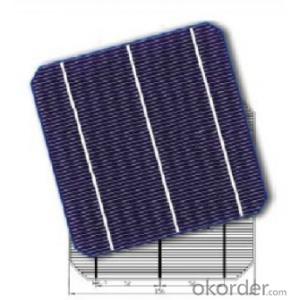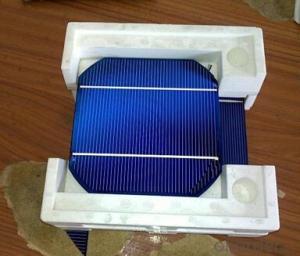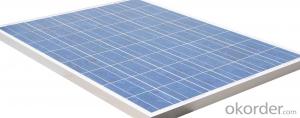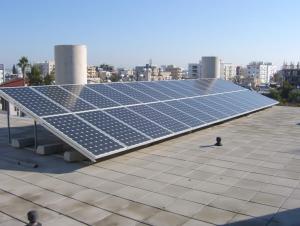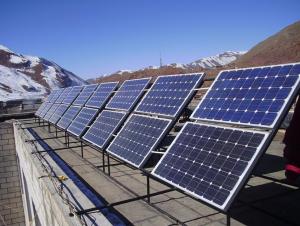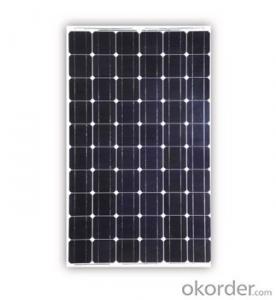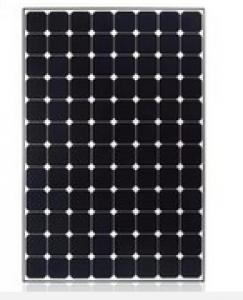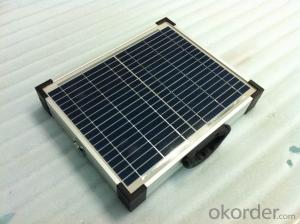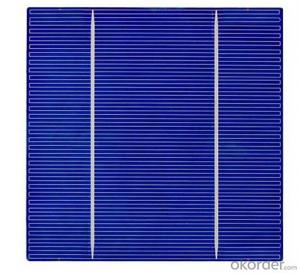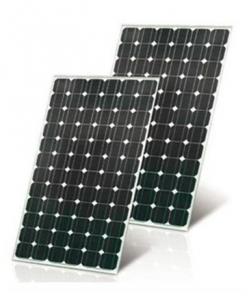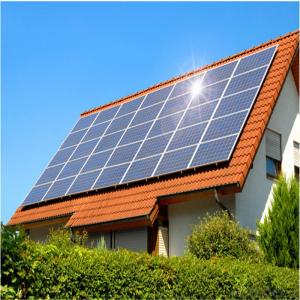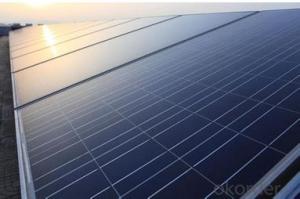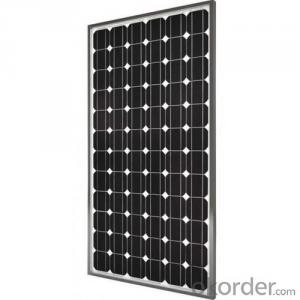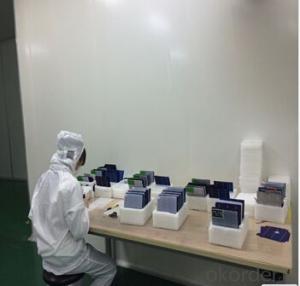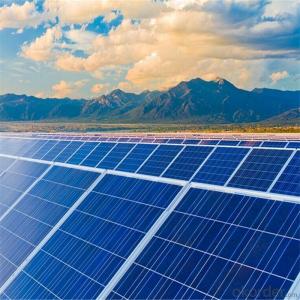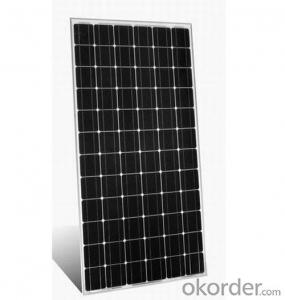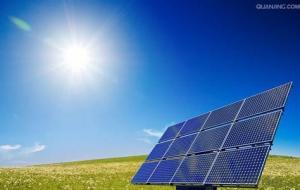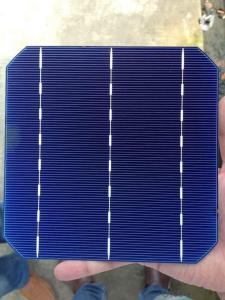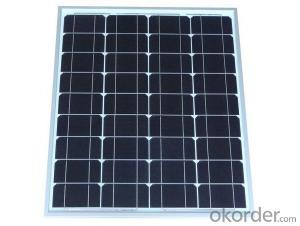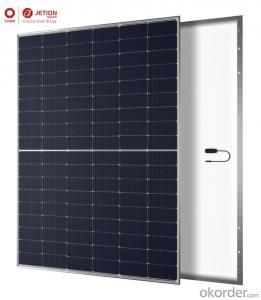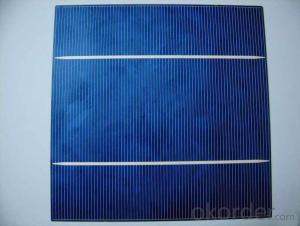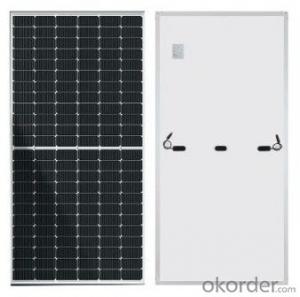Mono Half Cell Solar Module
Mono Half Cell Solar Module Related Searches
Bottom Solar Led Module Solar Light Module Solar Module Construction First Solar Series 6 Module Solar System Module Solar Power Management Module Solar Power Module Black Solar Module Bosch Solar Module C-Si M 60 Solar Battery Charger ModuleHot Searches
Solar Cell Inverter Price China Solar Ac Module China Solar Module Prices China Solar Module Solar Module China Solar Module Wholesale Price Solar Module Price Per Watt First Solar Module Price Solar Module Price Increase Solar Module Factory Solar Module Manufacturer Solar Module Wholesale Solar Module Size Solar Module Supplier Solar Module Prices Solar Module Testing Types Us Solar Module Manufacturers Solar Module Manufacturers Solar Module Suppliers Solar Module CompaniesMono Half Cell Solar Module Supplier & Manufacturer from China
Okorder.com is a professional Mono Half Cell Solar Module supplier & manufacturer, offers integrated one-stop services including real-time quoting and online cargo tracking. We are funded by CNBM Group, a Fortune 500 enterprise and the largest Mono Half Cell Solar Module firm in China.Hot Products
FAQ
- can solar power panels installed at home provide enough electricity to power house hold appliainces and heat water.
- Yes, but people usually balk at the cost. Right now, the photoelectric materials are rather expensive. So, most people figure it is not worth spending thousands of dollars and will gladly pay hundreds of dollars a month to the electric company. Most estimates are that it takes at least a year and a half to two years to recover the cost of the panels by how much one can save on their electric bill. Most persons would rather pay out that money in little increments to the electric company instead of all at once when having their home built. Just a side note of trivia: The ability of certain materials to turn photons of light into electric current or the photoelectric effect is what Einstein was awarded his Nobel Prize for, not Relativity.
- Yes, solar panels can be used in areas with high levels of snow or ice. However, their efficiency may be reduced during winter months due to reduced sunlight exposure and accumulation of snow or ice on the panels. To mitigate this, solar panels can be installed at an angle to allow snow to slide off, or they can be equipped with heating systems to melt the snow or ice. Additionally, regular maintenance and cleaning may be required to ensure optimal performance in snowy or icy conditions.
- What is the most efficient solar panel, how many would we need to power the United States, and how much land would it take?
- I know that the US uses 500 Gigawatts (giga is 0 ^9). I think a solar panel meter square might generate at most 00W. So you would need 500E9/00 = 5 trillion of these. 5 trillion square meters is 70 kilometers on a side. Dont forget about night and clouds!
- Yes, solar panels can be used to power a mining operation. Solar power systems can generate electricity by converting sunlight into energy, which can then be used to power various mining equipment and operations. This clean and renewable energy source can help reduce the environmental impact of mining operations and also provide a cost-effective alternative to traditional power sources. However, the feasibility and effectiveness of using solar panels for a mining operation would depend on factors such as the energy requirements of the operation, available sunlight, and the size and efficiency of the solar power system.
- I made three 36 solar cell (3x6 .5V 3.5A) panel and had it hooked a up to an old car inverter. I was on line looking for a cheap grid tied inverter. I came across the Enphase micro inverter and was wondering if i could use one of those. Will it work?
- It won't work for several reasons. ) Enphase needs 24V modules, you made 8V ones. The voltage is too low to turn it on. 2) Only UL listed (or similar lab) panels are allowed to be connected to your house electrical system. Even if you did get them to work with the Enphase, you won't be able to get the system inspected, there is no way it would be allowed to be turned on by the electrical inspector nor the electric company. 3) If you got by obstacles and 2, and you had an electrical fire in your house, it is highly likely your insurance company would not pay you for it, as you used non-UL panels. DIY panels are fine for little back yard projects, but when it comes to your home, buy real ones. The price has dropped so much in the last 2 years, it's not worth it to mess around.
- Yes, solar panels can be used in areas with high levels of salinity or brackish water. While exposure to saltwater can potentially cause corrosion and reduce the efficiency of solar panels over time, there are various measures that can be taken to mitigate these effects. These include selecting corrosion-resistant materials, applying protective coatings, and regular maintenance. Additionally, advancements in solar panel technology have led to the development of more robust and durable panels that can withstand harsh environments, including areas with high salinity or brackish water.
- i need technical and non technical details to generate MW power by solar panels
- First off, you should consider cost per kilowatt-hour (kWh) since kWh is energy whereas MW is power, and kWh is a common unit of energy used by power utilities. But first you would need to design the power capacity required, which as you state, is assumed to be MW. Average system costs = $95 per square foot Average solar panel output = 0.6 watts per square foot Average solar energy system costs = $8.95 per watt Form this information, the capital cost of installing MW = $8.95 /W * 0^6 W/MW = $9 million. The lifetime of a typical solar power system is probably about 20 years. Assuming a true MW peak output of the solar panel it would be anticipated that a daily average energy production would be peak output over about 3 hours per day, or 3 MWh of energy per day. Total production over a 20 year system life would be 3 MWh * 365 days/yr * 20 yr = 22 x 0^3 MWh So in terms of costs of capitalization of the system, the cost of Energy (/kWh) = $8.95 million / 22 x 0^3 MWh = $0.40 / kWh (approximately) This cost does not include maintenance, however, given the simplicity of these systems; other than periodic equipment replacement, which is covered by specifying a 20 year complete system replacement; other maintenance cost should be relatively low. The required surface area of solar panel = 0^6 W / 0.6 W/ft^2 = 94,340 ft^2 or a little over 2 acres of panel surface area. To be able to properly access and maintain the solar array, the minimum area required would likely be 5 to 0 acres.
- So, assuming that a solar panel is flush with the ground (i.e. only the photovoltaic side is visible, the other sides are covered by dirt,) what would happen if it was run over by a car? How about an SUV? Would it break?Would the solar panel still generate electricity?
- it would ruin and it ought to nevertheless do power yet no longer plenty yet maximum possibly there may well be no power and plus why might somebody placed a photo voltaic panel on the line? that should in basic terms be stupid.





